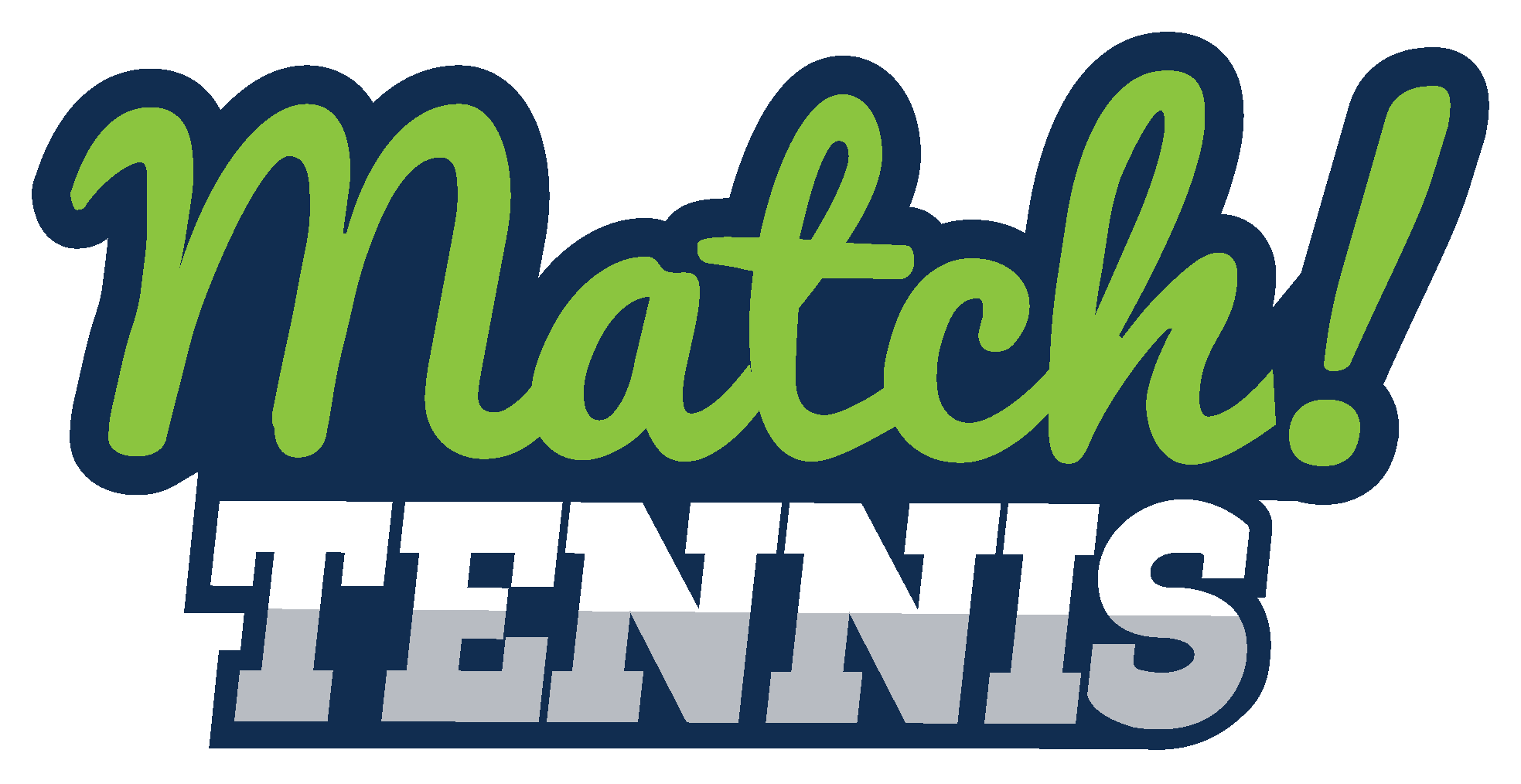A Parent’s Role For An Aspiring Young Tennis Player: Insights from the USTA Parent Guide
Tennis, with its mesmerizing blend of finesse, strategy, power, and speed, offers an array of developmental opportunities for youngsters. However, the journey from a beginner’s tennis camp to becoming a proficient player is a challenging and nuanced process. As parents, your role in your child’s athletic journey is fundamental. The United States Tennis Association (USTA) has provided an invaluable resource, their official Tennis Parent Guide, to assist you in nurturing your child’s talent while promoting their overall well-being. Here, we’ll explore key insights and advice from this guide.
Understanding the Parent’s Role
According to the USTA, one of the critical roles for a parent in the tennis development journey is providing unwavering support. Your role involves not only logistical aid, like ensuring your child gets to practice on time, but also emotional support, helping them navigate the mental challenges that competitive sports inevitably present. Maintaining open lines of communication and ensuring a positive, encouraging environment is essential.
The Importance of Physical Literacy
The USTA stresses the importance of children developing physical literacy. This means not only learning tennis-specific skills, but also general athletic abilities, like running, jumping, throwing, and catching. In their early stages of development, children should participate in multiple sports to develop a broad athletic foundation. This approach, known as multi-sport participation, leads to overall athletic development and can prevent burnout and overuse injuries.
Selecting the Right Equipment and Format
The USTA guide emphasizes the necessity of using age-appropriate equipment and format for young players. This means smaller racquets, lower-bouncing balls, and smaller courts for children. Known as the “Net Generation” format, this method allows children to develop skills faster and more effectively, increasing their enjoyment and success in the game.
Balancing Tennis and Life
Balancing tennis with other life aspects, such as education and social activities, is another crucial point in the USTA guide. Parents must ensure their child has time for schoolwork, family activities, and socializing with friends, along with their tennis commitments. It is a delicate act of balancing to ensure that the child develops holistically and not just as a tennis player.
Healthy Competition
The USTA Parent Guide also addresses the topic of competition. Healthy competition, where the focus is on effort and personal improvement rather than winning or losing, can help young players develop resilience, learn to manage pressure, and improve their problem-solving skills. Parents can play a pivotal role in instilling these values by encouraging a positive attitude towards competition.
The Role of a Tennis Coach
Choosing the right tennis coach is essential in shaping a young player’s development. The guide suggests parents should look for coaches who are certified, experienced, and who share similar values about child development and competition. A good coach should be able to foster a love for the game, instill basic technical skills, and help the player develop both on and off the court.
The Long-Term Athletic Development (LTAD) Plan
The guide outlines the USTA’s Long-Term Athletic Development (LTAD) plan, a roadmap for player development from their first introduction to tennis through their potential progression to high-level competition. The LTAD emphasizes age-appropriate training and competition, and the necessity of a well-rounded approach to athletic development. This includes focusing on technical, tactical, physical, and psychological aspects of tennis at each stage of development.
Conclusion
Navigating the world of junior tennis can be a complex and often overwhelming experience for parents. However, with the right guidance and support, it can also be an extremely rewarding journey. The USTA’s Tennis Parent Guide provides a wealth of information to help parents understand their crucial role in their child’s tennis journey and equip them with the knowledge to support their child’s development effectively.
Remember, the aim is not only to potentially create a proficient tennis player but, more importantly, to foster the growth of a well-rounded, confident, and resilient individual who can apply the lessons learned on the tennis court to all areas of life. With the help of resources like the USTA Tennis Parent Guide, parents can confidently navigate the unique journey of raising a young tennis player.
Click the link to view the full 20 page guide-Source: USTA Tennis Parent Guide
